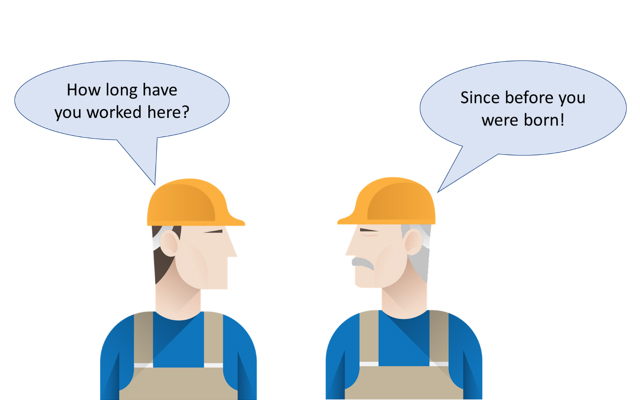Author: Henri Azibert
There is a real concern in industry that, as older workers retire, a tremendous amount of knowledge disappears. Unfortunately, succession programs are rarely thought of or put into place until, suddenly, someone who used to do a certain critical task is no longer there. No one knows what to do, panic sets in, what could have been an easy fix turns into a disaster. This problem surfaces in all areas of plant functions, from Operation to Engineering and Planning to Procurement, but perhaps it is nowhere more of an issue than in the Maintenance Department. This is where we have the individuals that keep the plant running, attend to the machinery, and in so many ways, improve and upgrade the equipment to maintain and increase plant reliability and up-time.
So, when one of the “old timers” is about to retire, there is much concern about who can make up for the void from the pool of young recruits. And we all know one of these “old timers”. He or she has this extra sense of knowing when a machine is not running right. It could be the sound, the temperature, the vibration; he or she would make the right corrections to nurse it along until the next shut-down. He or she knew exactly when to add grease or oil, and in just the right amount, as well as when to replace and when to upgrade.
A perfect example of his or her magic touch was adjustment of pump packing – while others would tighten and loosen going from smoke to a deluge repeatedly, he or she could get packing to run cool and barely leak in no time. It is not an innate skill, it must be learned through years of experience, punctuated by the occasional mistake which makes a professional that much better. Somehow, it actually takes 30 years to get 30 years of experience!
So now, the young replacement starts with great enthusiasm, but also much bewilderment! Why would you call that drawing a blue print when the paper has yellowed with age? And then comes the realization that close contact with machinery will be required. And yes, close enough to get thoroughly dirty. Maybe not an auspicious start!
But quickly comes the opportunity to shine. It turns out that our young worker is quite computer savvy. Instead of relying on old prints all smudged by greasy fingers, he or she downloads a 3D model that can be easily manipulated to see how the whole machine goes together. Exploded views are generated, and the latest instructions and parts list are freshly printed. A few lingering questions that could not be answered are quickly elucidated by contacts from an on-line forum.
Keeping track of machinery health with measurements and sensors turns out to be quite effective. Data is analyzed, trends are discovered, alarms are set up to alert even when no one is around. Manipulation of data across applications helps to fend off some “bad actors” by finding the small but significant differences in the process or the equipment. Remote monitoring is more efficient than the walk around, and it also improves safety.
Not everything works out perfectly, though. Condition monitoring and data analysis might tell you when a problem is likely to come up, but it does not tell you how to fix it, nor how to prevent it from re-occurring. Some of the advice from the on-line forums turns out to be misguided and expensive to rectify. This is where experience would have helped to know what to do and how to differentiate between good and bad advice.
When differences in experience, skills, and knowledge are shared, that is when most progress is made. There is much we can all learn from each other, no matter how young or how old.
Use the comments section below to share your story of an important lesson learned!




